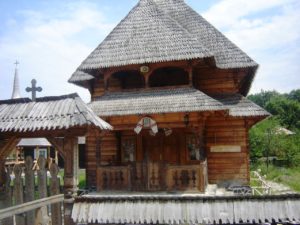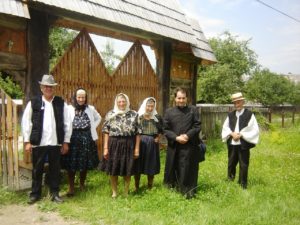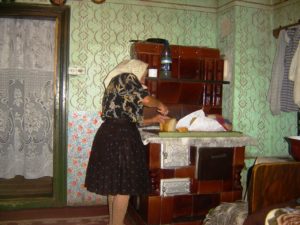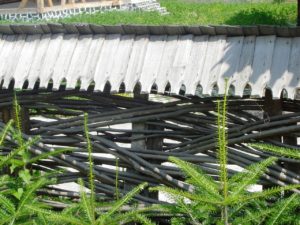What would you give to be able to step back in time – not vicariously through a book or a movie, or digitally through an app; not via a hands-on day out at a replica village, or even by stepping into a time machine (if such a thing existed)? We’re talking about really going back in time as in actually experiencing another age. Believe it or not, this is just what you can do through a visit to rural Romania where life as it was lived in the 1700s still exists (albeit with the odd bare lightbulb). It’s here that you’ll encounter villages so unchanged that entering one can have you feeling you’ve just stepped onto a film set.

To find one of these enchanting villages, first get yourself to Cluj-Napoca, the fourth-largest city in Romania and the capital of the northern Transylvania. From there, hire your car (or driver) and make for the village of Cornesti (pronounced Kor-nesh-tee) 44 kilometres away. Take care to dodge the potholed roads once you turn off the highway, and be sure to visit on a Sunday when the older church-going generation will be decked out in their traditional garb (that’s white bell-sleeved, hand-stitched shirts and calfskin vests with trilby-styled hats for the men, and wide pleated skirts, bulky cotton blouses, and headscarves for the women).

Head for the village’s small wooden church with its decorative lintel and cedar-shingled roof. If the door is open, peer inside at walls lined with paintings, and if a service is taking place and you have half an hour to spare, don’t hesitate to take a pew. Be sure to find the local cemetery where elaborate wooden carvings serve as headstones, and hand-crafted metalwork decorates gates.

If you’re lucky, you may be invited into the home of a villager to enjoy a glass (or three!) of home-brewed sour cherry brandy and a slice of rustic bread with veal. But even if no invitation is forthcoming, there’s still plenty to see as you mosey up the narrow streets of the village. Note the hand-worked lace curtains at the windows of log homes, the wells which grace every back yard (no such thing as a reticulated water supply in these parts), and the fences woven from supple wands of willow that keep wandering stock out of extensive vegetable gardens.

As you walk the unsealed lanes in the late afternoon, stand back for the sheep and cows making their return home from grazing the roadsides (they have right-of-way), and listen out for the clatter of milking pails being set in place in the byers of every home.
Although Sunday signals that all but essential work should come to a halt, you’ll still be able to admire the farmer’s handiwork in the form of well-stacked hay in the fields, and notice the rough uneven grass which signals that it has been cut with a scythe. A multitude of wildflowers bloom around grazing stock; an indication that chemical fertilisers and herbicides have no place in this rural landscape from the past.

In villages like Cornesti, motorised vehicles aren’t necessarily the norm so as you return home again in your car, look out for horse- and donkey-drawn carts, perhaps carrying family groups who have spent the afternoon visiting relatives in a neighbouring village. And as you at last say goodbye to this hamlet suspended in time, don’t forget to pinch yourself as a reminder that everything you’ve seen is the real McCoy!









Join the Discussion
Type out your comment here:
You must be logged in to post a comment.